Earth Surface and Interior Focus Area
NASA's Earth Surface and Interior (ESI) focus area supports research and analysis of solid-Earth processes and properties from crust to core.
The overarching goal of ESI is to use NASA's unique capabilities and observational resources to better understand the structure and dynamics of the core, mantle, and lithosphere, and interactions between these processes and Earth’s fluid envelopes.
ESI is comprised of three program areas: Earth Surface Properties, Crustal Dynamics, and Earth Interior. Earth Surface Properties uses spectrometry and visible to near infrared and thermal infrared data to characterize surface mineralogy and measure thermal and chemical features. This program advances discovery and management of natural resources, provides insights into geomorphic processes, and advances understanding of geohazards such as landslides and volcanoes. Crustal Dynamics seeks to advance our fundamental understanding of land surface deformation and change as driven by natural and anthropogenic mechanisms such as tectonics, gravity, and subsurface fluid flow. This program further informs the assessment, mitigation, and forecasting of natural hazards including earthquakes, tsunamis, landslides, and volcanic eruptions; along with hazards related to human activities such as land subsidence. Earth Interior studies explore the underlying driving forces for Earth’s magnetic field, plate tectonics, and other core, mantle, and lithospheric processes observed at the surface or through geopotential fields. This includes ESI's Space Geodesy Program (SGP), which produces observations that refine our knowledge of Earth's shape, rotation, orientation, and gravity, advancing our understanding of the motion and rotation of tectonic plates, elastic properties of the crust and mantle, mantle-core interactions, solid-Earth tides, and the effects of surface loading resulting from surface and ground water, glaciers, and ice sheets. SGP infrastructure produces and maintains a precise terrestrial reference frame that is foundational to many Earth missions and location-based observations.
ESI for Scientists
Scientific Meetings and Conferences
- SBG Science & Applications Technical Interchange Meeting May 26-31, 2024
- OPERA Workshop July 19, 2024
- NISAR Science Community Workshop Archive
- Solid Earth Team (SET) Meeting
Research and Funding Opportunities
Solicited program elements relevant to ESI are publicized through the Research Opportunities in Space and Earth Sciences (ROSES) NASA Research Announcements (NRAs) on the NASA Solicitation and Proposal Integrated Review and Evaluation System (NSPIRES) website. Past, open, and future solicitations can be searched and viewed on NSPIRES.
Current solicitations of interest to the Earth Surface and Interior community:
- A.50 Citizen Science for Earth System Programs
- A.58 Increasing Participation of Minority Serving Institutions in Earth Science Surface-Based Measurement Networks
- A.28 Remote Sensing Theory for Earth Science
- A.12 Ocean Surface Topography Science Team
- A.27 NASA-ISRO Synthetic Aperture Radar Mission (NISAR) Research and Applications Science Team
- F.5 Future Investigators in NASA Earth and Space Science and Technology
- A.25 Earth Surface and Interior
- A.26 Rapid Response and Novel Research in Earth Science
View past ESI solicitations and selections (PDF)
NASA Research Resources, Associated Programs, and Partnerships
Access NASA data related to Earth Surface and Interior and learn more about center-level ESI programs and partnerships at the links below:
Guiding and Planning Documents
- 2017 Earth Science Applications from Space
- 2016 Challenges and Opportunities for Research in ESI (CORE) Report (PDF)
- 2007 Earth Science Applications from Space
- 2019 NISAR Mission Science User’s Handbook
- 2020 Evolving the Geodetic Infrastructure to Meet New Scientific Needs
- 2021 Observing Earth’s Changing Surface Topography and Vegetation Structure (PDF)
Distributed Active Archive Centers (DAACs)
- Alaska Satellite Facility (ASF): Synthetic aperture radar imagery and products
- Crustal Dynamics Data Information System (CDDIS): Global geodetic data
- Earth Resource Observation and Science Center (EROS): Imagery and products from NASA’s Earth Observing System
- Land Processes Distributed Active Archive Center (LP DAAC): Land Process specific Earth Observing System Data and Information Systems
NASA Center Programs
- Airborne Science Program
- Applied Sciences Disasters Program
- Goddard Space Flight Center Geodesy and Geophysics Laboratory
- Goddard Space Flight Center Space Geodesy Project
- Jet Propulsion Laboratory Earth Surface and Interior
- Land-Cover / Land-Use Change Program
Interagency and International Partners
- Earth Sciences (EAR), National Science Foundation
- EarthScope (Inactive)
- Global Geodetic Observing System
- National Oceanic and Atmospheric Administration
- UNAVCO
- U.S. Geological Survey Natural Hazards
ESI Associated Missions
The table below lists all the Earth missions that are relevant to the Earth Surface and Interior focus area in all phases.
Operating Satellites
In Development Satellites
Under Study Satellites
In Development Satellites
- GEMX (Webpage not yet available)
Operating Ground-Based
Past Satellites
Past Suborbital/Airborne
Learn more about ESI
Research Programs
Space Geodesy Program
ESI oversees the Space Geodesy Program (SGP), which produces observations that refine our knowledge of Earth’s shape, rotation, orientation, and gravity. This information helps advance our understanding of the motion and rotation of tectonic plates, the elastic properties of the crust and mantle, interactions between the mantle and the core, solid Earth tides, and the effects of surface loading as a result of excess surface water, ground water, glaciers, and ice sheets. To accomplish this, SGP runs the NASA Global GNSS Network (GGN) and is developing, deploying, and operating the next generation NASA Space Geodetic Network (NSGN) of integrated, multi-technique, space geodetic observing systems.
This global geodetic infrastructure is made up of several core techniques including Very Long Baseline Interferometry (VLBI), Satellite Laser Ranging (SLR), Global Navigation Satellite Systems (GNSS), and Doppler Orbitography and Radiopositioning Integrated by Satellite (DORIS). The measurements these systems provide combined with data analysis capabilities help define the precise terrestrial reference frame that is foundational to many NASA Earth missions and location-based observations. SGP is a partnership between Goddard Space Flight Center, which leads the program’s major infrastructure development under the Space Geodesy Project, the Jet Propulsion Laboratory, and includes participation from the Smithsonian Astrophysical Observatory and the University of Maryland.
ESI Research Questions
ESI addresses the following overarching questions, identified in the NASA Challenges and Opportunities for Research in ESI (CORE) Report (2016 - PDF):
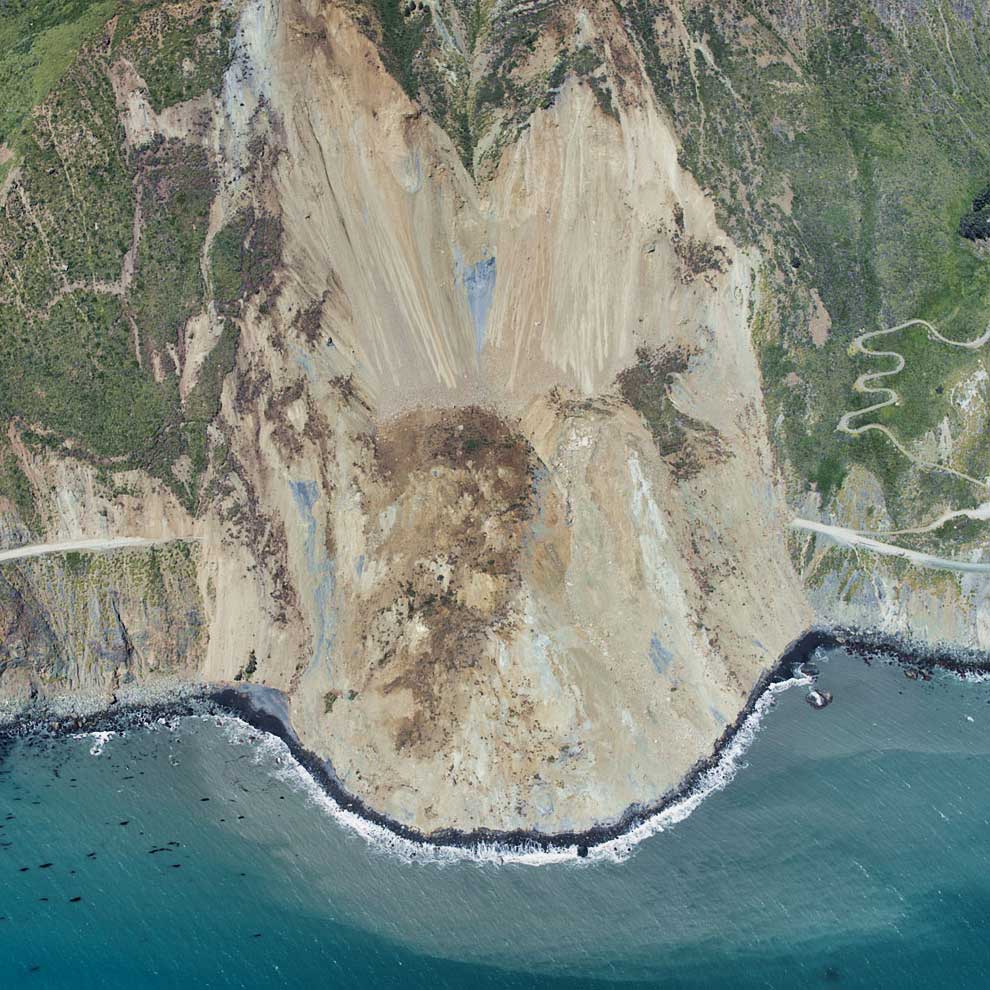 | How do tectonic processes and climate variability interact to shape Earth’s surface and create natural hazards? |
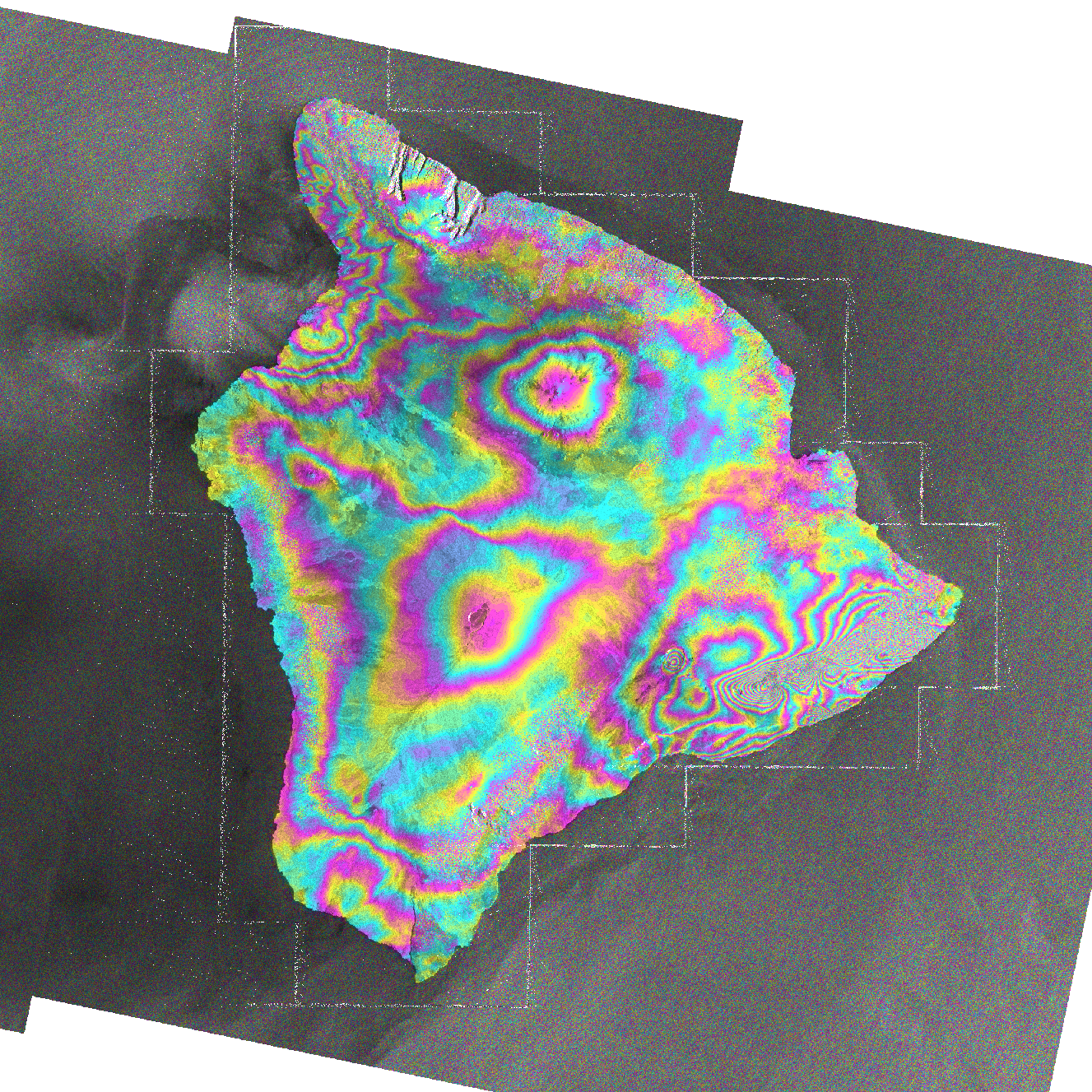 | How do magmatic systems evolve, under what conditions do volcanoes erupt, and how do eruptions and volcano hazards develop? |
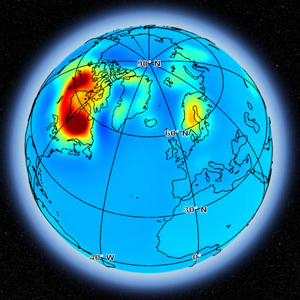 | What are the dynamics of Earth’s deep interior and how does Earth’s surface respond? |
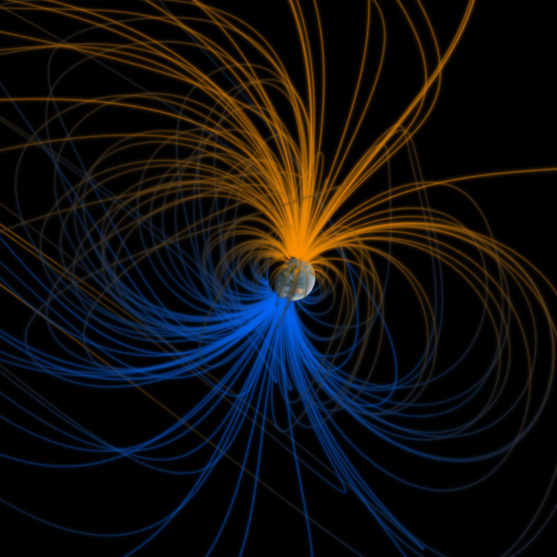 | What are the dynamics of Earth’s magnetic field and its interactions with the rest of Earth’s systems? |
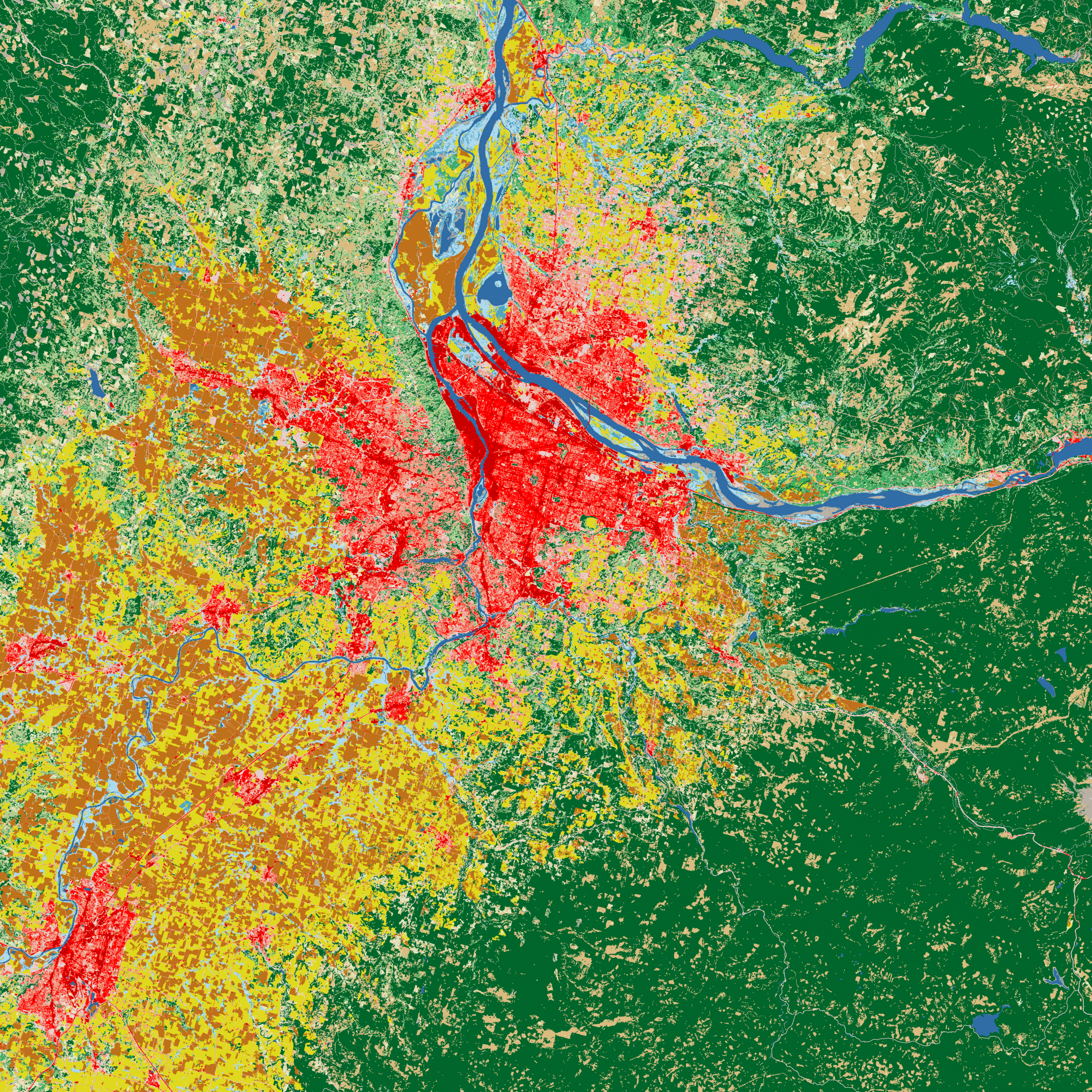 | How do human activities impact and interact with Earth’s surface and interior? |
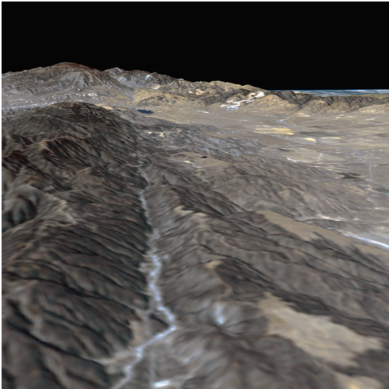 | What is the nature of deformation associated with plate boundaries and what are the implications for earthquakes, tsunamis, and other related natural hazards? |
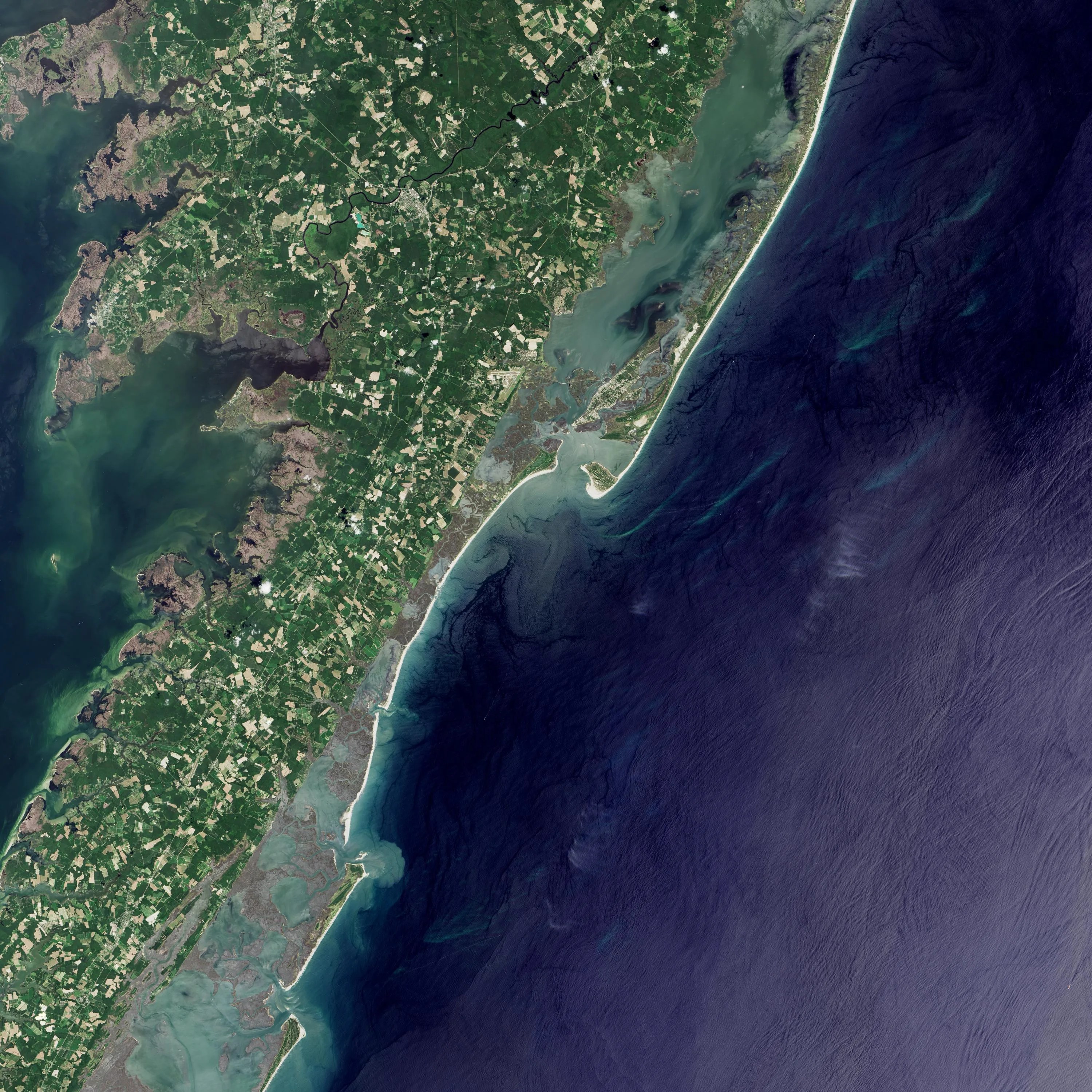 | How does the solid Earth respond to climate-driven exchange of water among Earth systems and what are the implications for sea-level change? |























